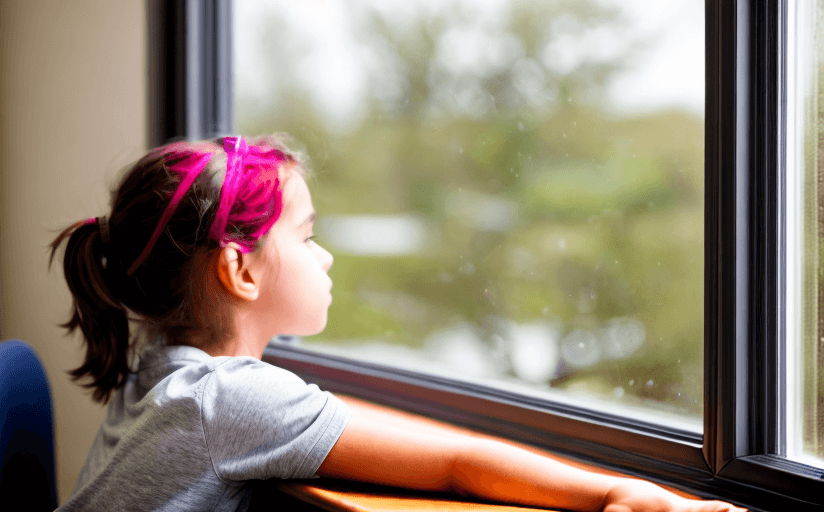The Benefits of Experiential Learning in Education
Experiential learning has become a popular method of teaching in many classrooms, and for good reason. It encourages students to take an active role in their learning, become engaged in the material, and retain information more effectively. Experiential learning also has the potential to improve student outcomes and increase overall engagement in the classroom. In this article, we will explore the benefits of experiential learning in education and how educators can make the most of it.
The Benefits of Experiential Learning
Experiential learning is a powerful tool for educators as it encourages students to be actively engaged in their learning. It allows students to explore topics in more depth and take ownership of their learning. Students are also able to develop a better understanding of how the material applies to real-life situations, which can help them retain the information more effectively. Experiential learning can also help students to develop problem-solving and critical thinking skills, both of which are important skills for success in higher education and the workforce.
Experiential learning also has the potential to improve student outcomes. Studies have shown that when students are actively engaged in the material, they are more likely to retain the information and perform better on tests and assignments. Additionally, experiential learning can help build student confidence in their ability to learn, and can even lead to greater overall engagement in the classroom.
How to Incorporate Experiential Learning
Educators can incorporate experiential learning into their classroom in a variety of ways. One popular method is project-based learning, where students work in teams to complete a project related to the material. This encourages students to work together to find creative solutions to problems, as well as to think critically about the material. Additionally, field trips are a great way to incorporate experiential learning, as they allow students to explore topics in a hands-on way.
Educators can also use technology to incorporate experiential learning into their classroom. For example, some classrooms are now using virtual reality to provide students with an immersive learning experience. This can help students better understand a concept or explore a topic in a way that wouldn't be possible in the traditional classroom setting.
Making the Most of Experiential Learning
In order to make the most of experiential learning, it is important to ensure that students are properly prepared and supported. Educators should provide students with clear instructions and expectations for each activity, as well as ample time for reflection and discussion. Additionally, it is important to ensure that students are given the opportunity to take ownership of their learning and come up with creative solutions to problems. This can help to ensure that students are getting the most out of their experiential learning experience.
Conclusion
Experiential learning is a powerful tool for educators, as it encourages students to be actively engaged in their learning and can help to improve student outcomes. Educators can incorporate experiential learning into their classroom in a variety of ways, such as through project-based learning and field trips. It is also important to ensure that students are properly prepared and supported when engaging in experiential learning, as this can help them get the most out of the experience. By making the most of experiential learning, educators can help to improve student outcomes and increase overall engagement in the classroom.


















Comments
Leave a Comment